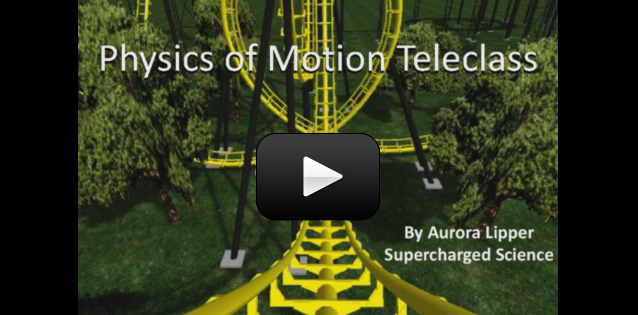This is a recording of a recent live teleclass I did with thousands of kids from all over the world. I've included it here so you can participate and learn, too!
We're going to cover energy and motion by building roller coasters and catapults! Kids build a working catapult while they learn about the physics of projectile motion and storing elastic potential energy. Let's discover the mysterious forces at work behind the thrill ride of the world’s most monstrous roller coasters, as we twist, turn, loop and corkscrew our way through g-forces, velocity, acceleration, and believe it or not, move through orbital mechanics, like satellites. We’ll also learn how to throw objects across the room in the name of science… called projectile motion. Are you ready for a fast and furious physics class?


Here’s a cool experiment that will really answer your question:
https://www.sciencelearningspace2.com/2009/12/satellite-crash/
The net force acting on the water is directed inwards. There might be more than one force acting on an object moving in a circle, but it’s the net force that adds them all up. The net force is proportional to the square of the speed. So if your speed increases three times, then the force increases by a factor of nine.
Here’s an experiment you may want to try:
https://www.sciencelearningspace2.com/2014/11/centrifugal-force/
Let me know if you still have questions! 🙂
We decided to go outside and try the water in the bucket experiment. First we simply stood there and turned a bucket upside down and all the water poured out, of course. Then we spun our arms and let the bucket of water spin and not a drop came out. My kids are asking (and sorry, I’m a real novice) is it that the mass and acceleration created a force that was greater than gravity, or was our result simply due to centripetal force yanking the water and bucket around and around too quickly for it to actually reach the point of falling out?
I am sorry you are having trouble with the video. I did check it and it played all the way through on my end. What web browser are you using, and on what kind of device (computer, laptop…)?
Try refreshing the page, click PLAY, and then wait about a minute for the whole thing to load, then move the slider at the bottom to where you left off. Does that help?
Hi there,
I was watching the video and it stopped at 22:38. I can’t go past this point. Is there another place on your site that contains the pipe insulater/roller coaster video?
Thanks!
Julie